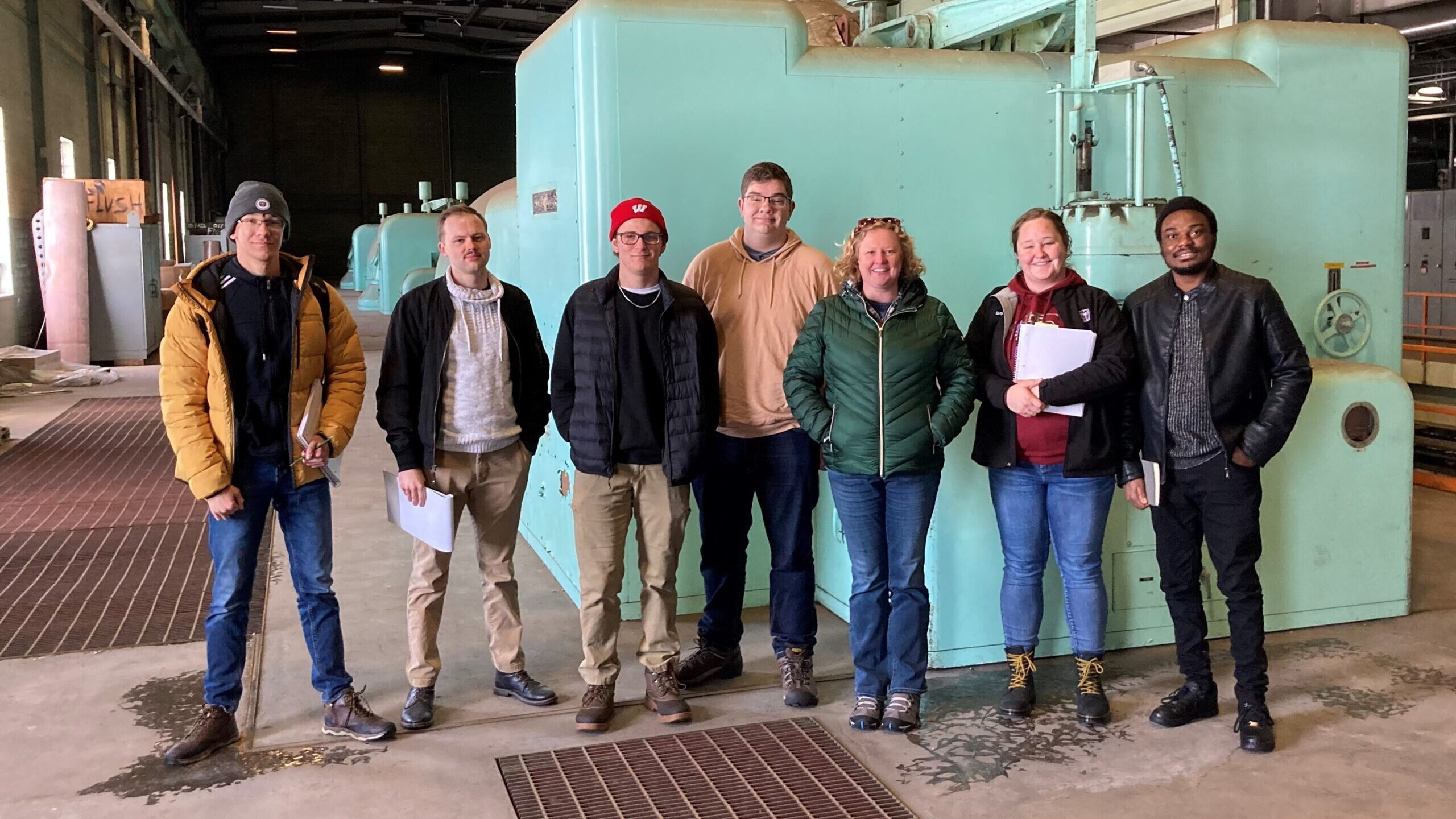An exciting, real-world and hands-on collaboration is happening between Missouri State University, the City of Springfield and City Utilities.
Students in the Community Planning Practicum course (PLN572/672) are working with the City of Springfield and Springfield City Utilities on a portion of the large Lake Springfield Plan.
Dr. Krista Evans, associate professor of geography, geology and planning (GGP), is leading the course.
“This is a great opportunity for students to get real work planning experience with an exciting project,” Evans said.
This project will have lasting impacts.
“Our students are helping the city plan for the future of Lake Springfield and a better community,” said Dr. Toby Dogwiler, GGP department head.
The project
Lake Springfield Park has 158 acres of land – about twice the area of a large shopping mall – and offers trails, woods, bluffs and more than a mile of shoreline along Lake Springfield.
For this adventure, the students are planning for what could be done with the now decommissioned power plant.
“This project is exciting as Springfield and City Utilities work toward rethinking Lake Springfield to open more areas to the public, increase accessibility to the community and generally improve this park for the enjoyment of everyone,” Dogwiler said.
With a total of six students in the course, the work is divided so each student gets to tackle their own section of the project.
Economic development
Economic development focuses on the remediation of the power plant and sustainability of the park, with themes of mixed-use recreation and local startup development.
The goals of this section include:
- Assess ground and facility conditions and their ecological impacts.
- Remediate the James River Power Station.
- Create a Lake Springfield Community business partnership.
- Connect Lake Springfield to renewable energy.
Urban greenspace and recreation
Urban greenspace and recreation focus on addressing inadequacies in recreational facilities of the Lake Springfield area.
A survey was conducted to determine the thoughts and opinions of the public on this matter.
The goals of this section include:
- Expand and improve trail networks in the Lake Springfield area to enhance visitor experience and promote tourism.
- Increase variety and availability of recreational facilities in the Lake Springfield area to promote healthy active lifestyles for visitors.
Community profile
A community profile obtains better understandings of the needs and wishes of the public.
Through surveys and a community input event in March, opinion was gathered from young college-educated people in the Springfield area (the target demographic) in the goal of understanding how they use the recreational facilities currently available and what they think of them.
Suggestions for desired additions to the Lake Springfield Park and powerplant area were made by the target demographic. This information will help incorporate the public’s wishes when proceeding further with the project.
Land use
Land use focuses on the power plant and areas surrounding the park.
Surveys were conducted to gain public opinion on the use of land in those areas.
The goals of this section include:
- Create space for commercial and recreational uses by promoting mixed use of development within the power plant.
- Ensure new development in the vicinity of the power plant maintains the park’s character and natural viewshed/aesthetic.
Environmental setting
The environmental setting focuses on maintaining and improving what currently makes Lake Springfield a favorite for nature lovers.
The goals of this section include:
- Assess the ecological condition of the Lake Springfield area and identify options to improve areas such as soil, vegetation and geological processes.
- Maintain and improve the water quality of the lake.
- Preserve the natural setting and ecological integrity of the area.
Transportation
Transportation addresses the lack of transportation connectivity from the City of Springfield to the park due to its previous use solely as a power plant.
Traffic and parking studies are key to understanding not only how visitors get to the park now, but where improvements could be made.
The goals of this section include:
- Improve roadway connectivity.
- Increase walkability and bikeability access.

